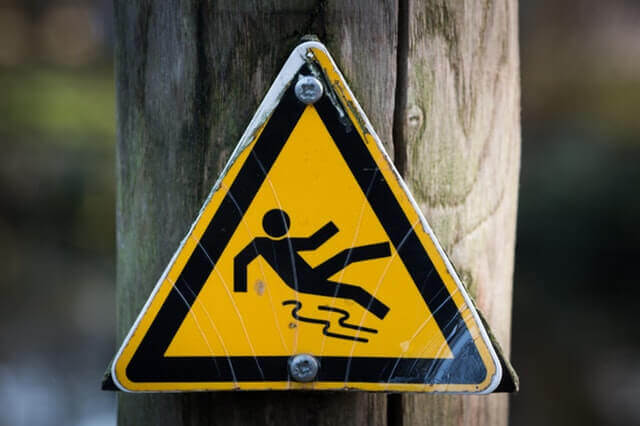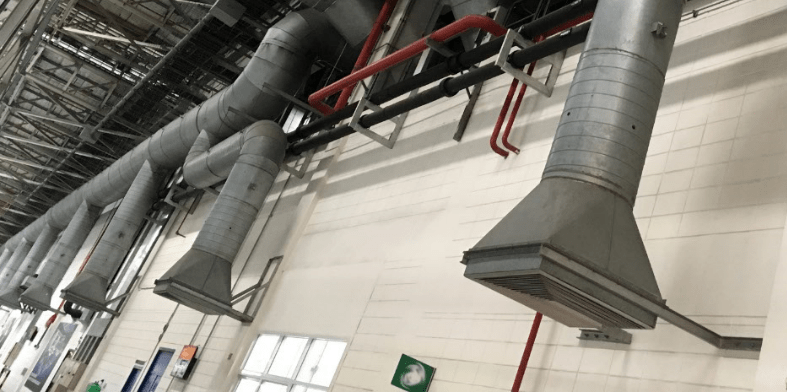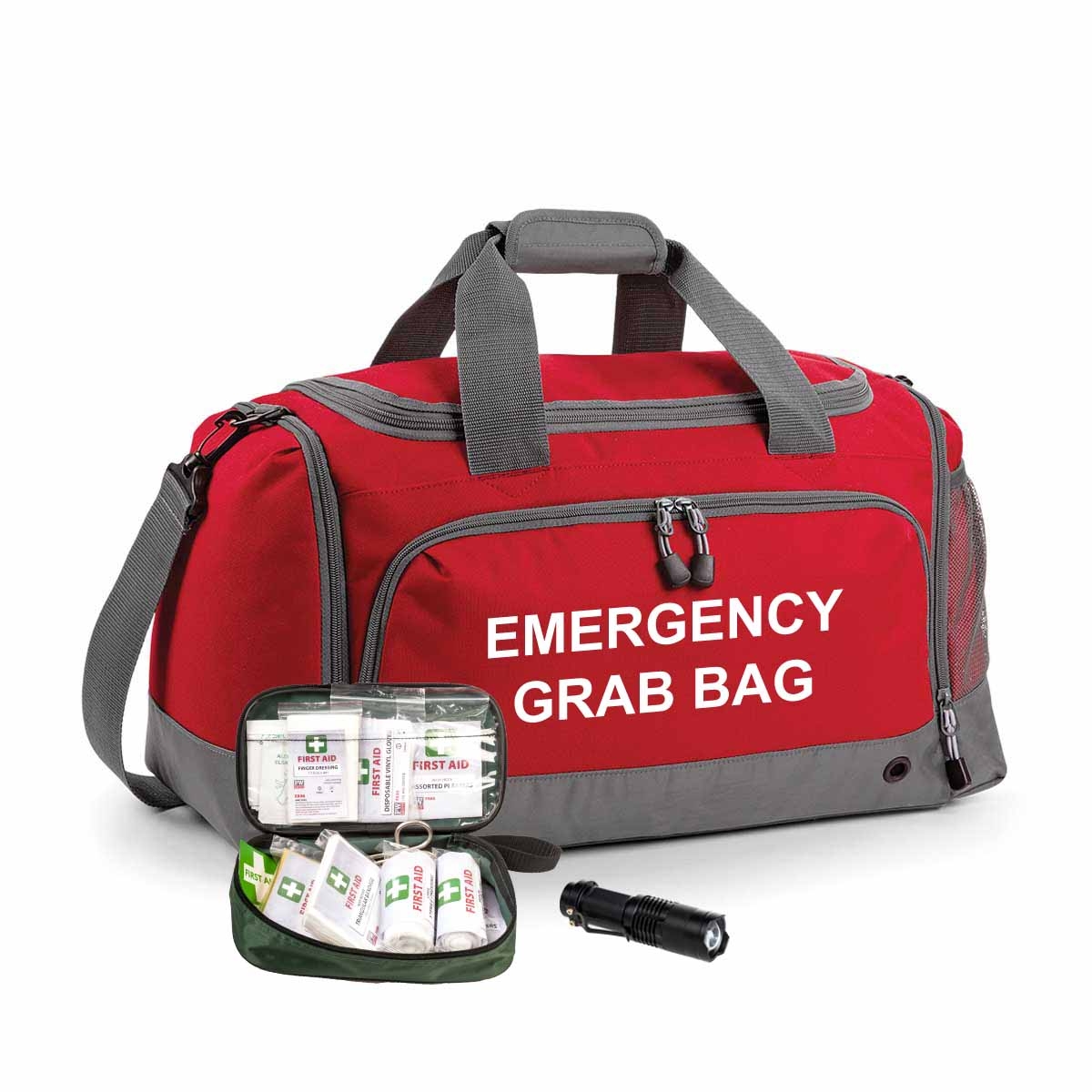 Falls through fragile roof surfaces can cause death and serious injury. The HSE are regularly publishing press releases about incidents resulting in prosecutions, where poorly planned works have led to falls through fragile roofs and roof lights.
Falls through fragile roof surfaces can cause death and serious injury. The HSE are regularly publishing press releases about incidents resulting in prosecutions, where poorly planned works have led to falls through fragile roofs and roof lights.
One of these prosecutions was the case of a fatal fall at a farm in Wrexham whereby a self-employed contractor who was clearing the valley gutter on the farm milking shed fell through the fragile roof. The HSE investigation found that the farmer failed to plan the work at height and suitable equipment was not made available to carry out the work safely.
The farmer pleaded guilty to breaching section 3(2) of the Health and Safety at Work etc Act 1974 and was fined £26,000 and was ordered to pay costs of £3922.60.
The Risks of Fragile Roofs
On average 9 people are killed every year from falling through fragile roofs or fragile roof lights. Many others suffer serious permanent injuries. 22% of all fatal falls in the construction industry involve falls through a fragile surface.
What constitutes a Fragile Roof Surface?
A Fragile roof surface is a roof that cannot support the weight of a person. The definition straight from the HSE website is:
"Fragile surfaces and materials [that] will not safely support the weight of a person and any materials they may be carrying.
All roofs, once fixed, should be treated as fragile until a competent person has confirmed that they are non-fragile. "
Some of the potentially fragile roof surfaces to be wary of :
- Old roof lights (sometimes painted)
- Non-reinforced fibre cement sheets
- Asbestos cement sheets
- Corroded metal sheets
- Glass (including wired glass)
- Slates and tiles in poor condition
How Can the Risk be Reduced?
- Employers need to assume all roofing materials are fragile unless confirmed otherwise by a competent person.
- Work at height needs to be risk assessed by a competent person and a Safe System of Work implemented.
- Anyone carrying out roof works needs to have suitable training, skills and experience.
Work on fragile roofs should be avoided if there is a safer method to do the work. Safer methods would involve workers not going onto the roof, for example:
- Working from underneath the roof using a working platform to carry out roof repairs.
- If guttering needs cleaning, assess if this can be done from ground level or by using a tower scaffold or Mobile Elevated Working Platform.
- If working on the top side of a roof cannot be avoided, measures must be taken to mitigate the risk of a fall. This could include using staging or boards with guard rails.
- Where the risk of a fall cannot be eliminated, use equipment or other measures to minimise the distance and consequences of a fall i.e by using nets, air or bean bags or a fall-arrest harness.






